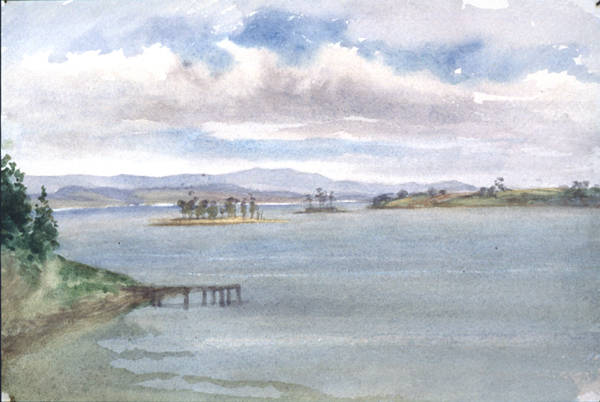 |
 |
|
Dover
Dover's settlement began after the closure of the Port Esperance convict probation station, 1845–47. Timber splitters, then mill men exported huge quantities of beams, piles, paving blocks and railway sleepers worldwide, shipping from the port of Dover. Four large mills in a radius of four miles, plus smaller mills, brought community development. As land was cleared, orchards were planted. After the First World War, the timber industry slowed, and only Raminea mill continued until 1973. Small mills cut timber for apple boxes. Small fruits and orcharding were important in the area until 1970, when markets changed. Crayfishing and abalone fishing have been extremely important in the district's economy since the 1960s. Recently oysters and Atlantic salmon farming have become the economic backbone of the town, and forestry continues to provide employment. Further reading: N Beechey & D Baker, A history of Dover & Port Esperance, Tasmania 1 and 2, Dover, 1997 and 2000. Dorothy Baker |
Copyright 2006, Centre for Tasmanian Historical Studies |
